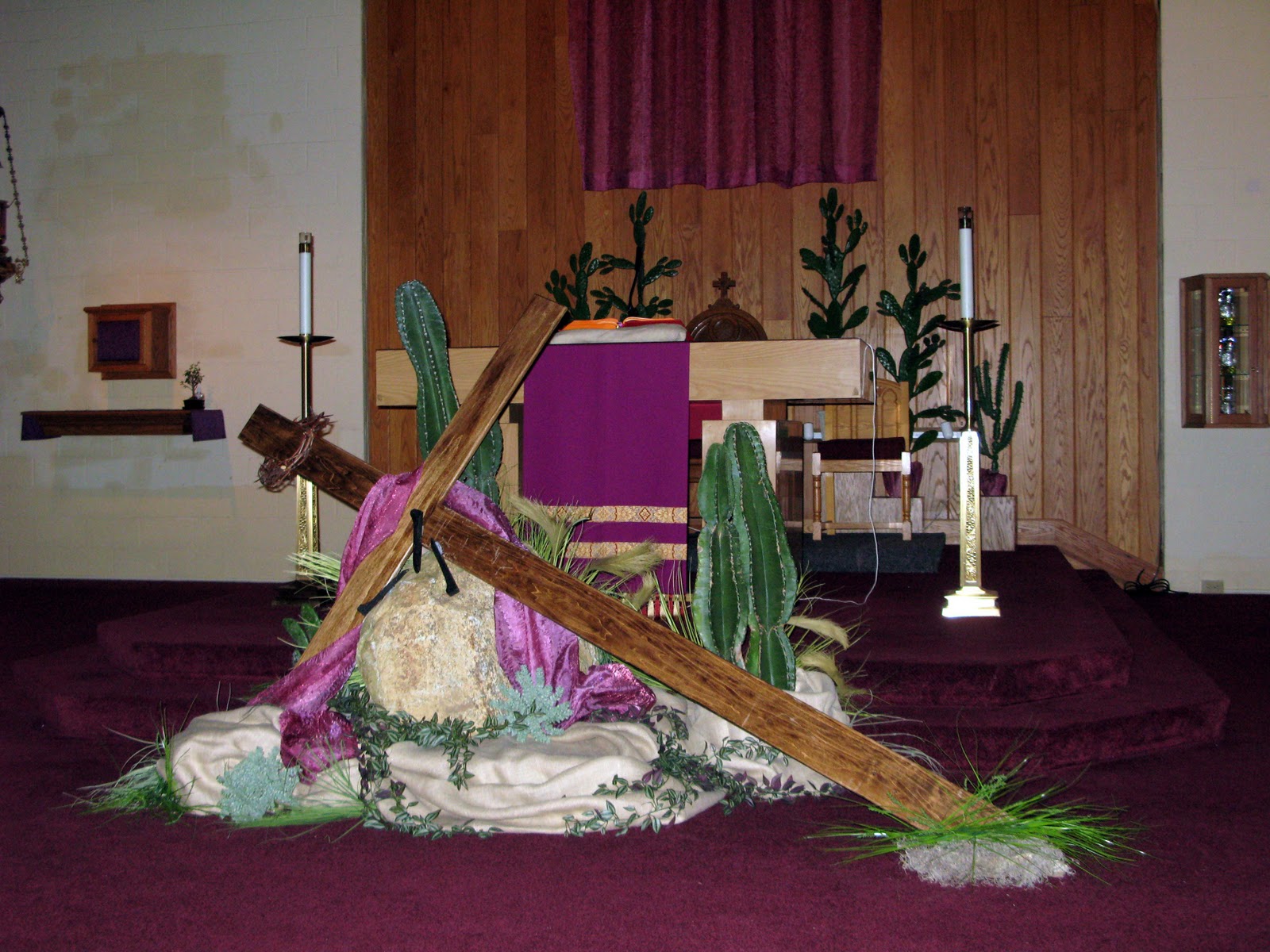Introduction to Lent and Its Significance
Lent is a sacred time in the Christian liturgical calendar, traditionally lasting for 40 days leading up to Easter. It is a period of reflection, penance, and preparation. During this time, many people choose to enhance their worship experience, and one beautiful way to do this is through altar decorations. Having a thoughtfully decorated altar can create a more profound connection to the themes of prayer, sacrifice, and renewal that Lent embodies.
Understanding Altar Decoration for Lent
Altar decorations are not just about aesthetics; they are about creating an atmosphere conducive to worship and reflection. Here are some key elements to consider when decorating your altar for Lent:
- Color Scheme: Traditionally, the color purple represents Lent, symbolizing penance and reflection.
- Focus Elements: Consider incorporating items that symbolize the themes of Lent, such as ashes, palms, or thorns.
- Personal Touch: Adding personal elements, such as photographs or handwritten prayers, can make the altar more meaningful.
Traditional Elements of Lent Altar Decorations
1. The Color Purple
The color purple is dominant during Lent, representing penitence and humility. Many churches will drape purple cloth over their altars and use purple candles to enhance the mood of solemnity. You can achieve this effect at home with simple purple fabrics or decorations.
2. Ashes
Symbolizing mortality and repentance, ashes are a significant component of Lent, particularly on Ash Wednesday. Consider incorporating a small bowl of ashes at your altar, perhaps surrounded by a decorative element that enhances their meaning.
3. Thorns
Thorns, reminiscent of the crown of thorns worn by Jesus, can serve as a powerful reminder of the sacrifice at the heart of Lent. They can be gathered from your garden or purchased from craft stores.
DIY Altar Decoration Ideas for Lent
If you’re feeling crafty, here are some DIY ideas to create altar decorations that resonate personally:

1. Lent Wreath
Create a simple wreath using twigs, thorns, and purple ribbon. This can represent the journey of Lent and be a focal point on your altar.
2. Prayer Jar
Fill a jar with slips of paper containing prayers or Scripture verses. This interactive element encourages reflection and can be a beautiful centerpiece.

3. Lent Calendar
Design a calendar marking each day of Lent with scripture, reflection prompts, or activities. This can serve as a daily reminder of the journey.
Creative Themes for Your Lent Altar
Choosing a theme can help focus your decorations and prayers. Here are a few ideas for creative themes:

1. Nature’s Palette
Gather natural elements like stones, branches, and leaves to create an altar that reflects God’s creation.
2. The Cross
Center your altar around the cross, using various textures and colors to highlight its significance.

3. The Journey to Easter
Incorporate elements that depict the journey of Jesus from temptation to resurrection, such as images or objects that tell the story.
Comparing Traditional vs. Modern Altar Decorations
| Aspect | Traditional Decorations | Modern Decorations |
|---|---|---|
| Color Schemes | Purple, Gold | Variety of vibrant colors |
| Symbolism | Strong biblical connections | Personal and contemporary meanings |
| Materials | Fabric, Wood, Metal | Mixed media, Eco-friendly materials |

Pros and Cons of Different Altar Decorations
Traditional Altar Decorations
- Pros: Deeply rooted in tradition, rich symbolism.
- Cons: May not resonate with everyone; can feel rigid.
Modern Altar Decorations
- Pros: Flexible, encourages personal expression.
- Cons: Can lack the sense of solemnity or tradition.

Personal Experiences with Lent Decorations
As someone who has decorated altars for Lent for many years, I can attest to the power of personal touches. One year, I created a mini garden on our altar using soil, stones, and seedlings. Each week, I would nurture it, reflecting on the themes of growth and renewal. It became a beautiful reminder of the resurrection as we moved closer to Easter.
Another impactful experience was incorporating handwritten prayers from my family into our decorations each week. Not only did it personalize the altar, but it also fostered deeper connections among us, as we shared our hopes and struggles during this reflective season.
Frequently Asked Questions about Lent Altar Decorations
1. What are the best colors for Lent altar decorations?
The traditional color for Lent is purple, symbolizing penance and humility. You can also use white for a theme of purification or green to signify growth.

2. Can I use flowers on my Lent altar?
While it’s generally less common to use flowers during Lent, you can consider using dried flowers or minimal arrangements that align with the solemnity of the season.
3. How can I involve my family in altar decorating?
Involve your family by having a decorating day where each member contributes a personal element, such as a prayer or a symbol that holds meaning for them.
4. What materials can I use for DIY Lent decorations?
You can use natural materials like branches, stones, and twigs, as well as fabric, paper, and recycled items to create eco-friendly decorations.
Conclusion: Creating a Meaningful Lent Altar
Your altar is a sacred space that can enhance your spiritual journey during Lent. By combining traditional elements with personal creativity, you can create a space that resonates deeply with both you and your faith community. Embrace the themes of Lent, and let your altar reflect the journey you are on, fostering reflection, prayer, and ultimately, transformation.